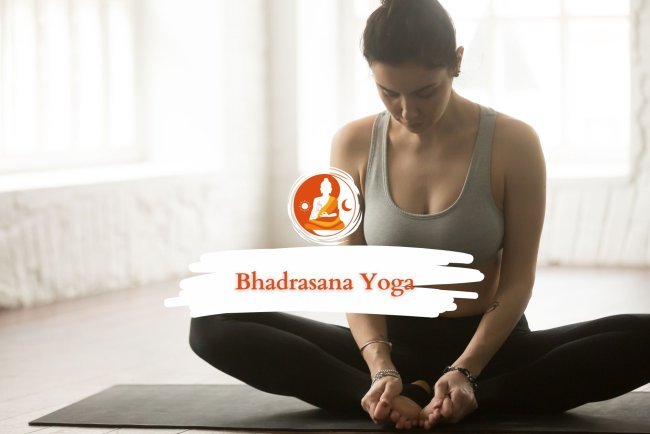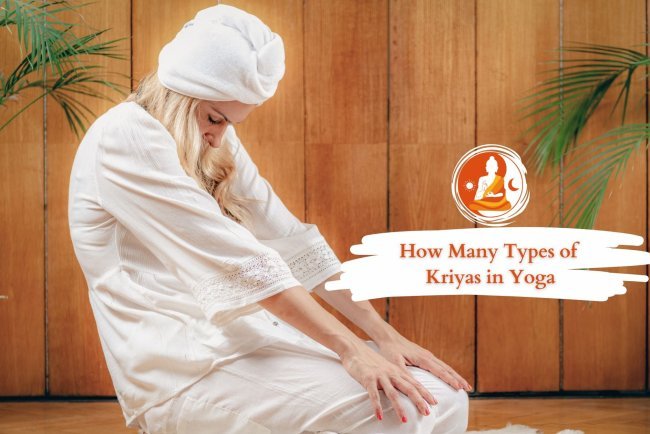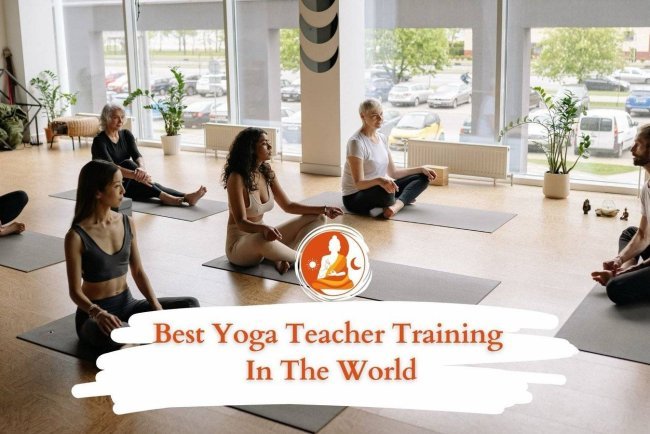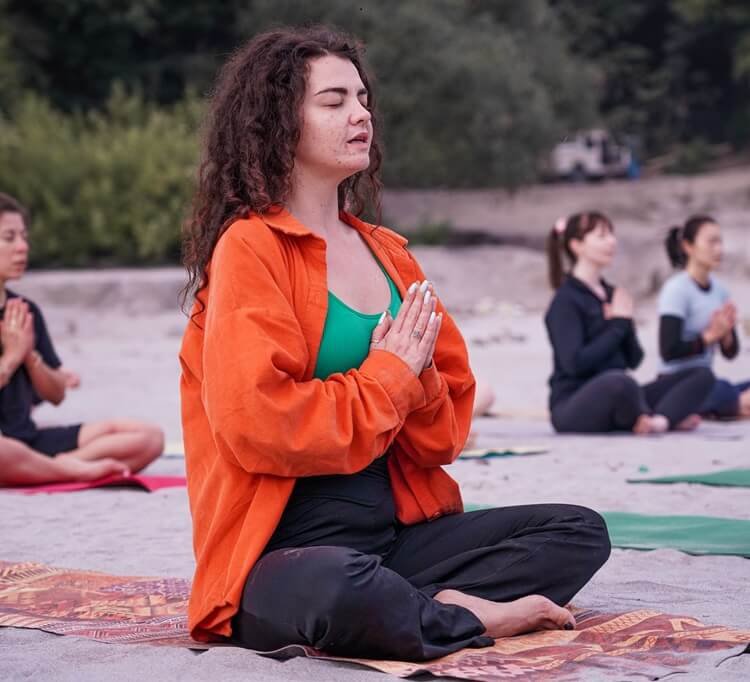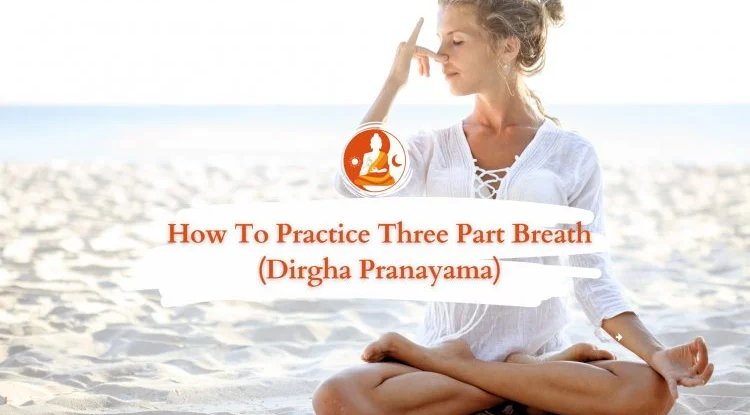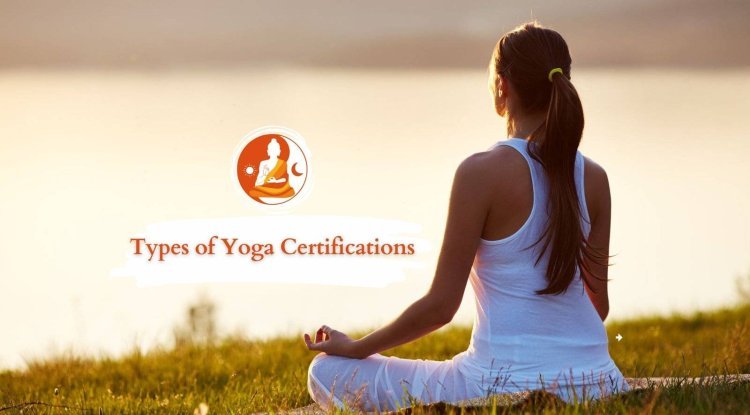Explore Kemetic Yoga Poses: Enhance Your Practice and Mindfulness

Kemetic yoga is a distinctive style of yoga inspired by ancient Egyptian culture. Kemetic yoga poses incorporate specialized poses, breathwork, and meditation to activate energy centers within the body. Rooted in the traditions of "Kemet," meaning "land of Egypt," this form of yoga focuses on achieving balance across physical, mental, and spiritual planes.
Kemetic yoga offers a beginner-friendly approach, making it accessible to individuals new to yoga. Sitting or standing postures, it enhances flexibility, muscle tone, and mental focus while fostering a deeper connection to oneself. This practice emphasizes deep breathing and visualization, guiding practitioners toward self-awareness and harmony.
Besides its physical and mental benefits, Kemetic yoga also stands out because of its cultural and historical significance. Based on the hieroglyphic images and descriptions of ancient Egyptian practices, it connects practitioners to a rich heritage of harmony with nature and the cosmos. This fresh approach nurtures not only physical well-being but also soulfulness and mindfulness. With the adoption of principles of Ma'at—balance, truth, and order—the themes of Kemetic yoga take on a journey of self-discovery and holistic healing.
The Unique Philosophy of Kemetic Yoga
Kemetic yoga aims to unify body and mind through intentional movements and introspection. Unlike other yoga styles, it discourages external distractions such as music, encouraging practitioners to focus inward. Transitioning between poses allows time for emotional self-check-ins, cultivating a habit of reflection and personal growth.
Benefits of Kemetic Yoga
Drawing from ancient Egyptian wisdom, Kemetic yoga offers a holistic approach to wellness. Here are some of its core benefits:
- Enhanced Mobility and Flexibility: The gentle stretches and poses in Kemetic yoga improve joint mobility and muscle elasticity, making everyday movements like bending and reaching easier.
- Stress Reduction: Deep breathing and meditation techniques promote relaxation and reduce stress hormone levels, fostering a calm mind.
- Muscle Strengthening: Holding poses engages various muscle groups, helping build lean muscle tissue and core stability.
- Injury Prevention: Improved balance, flexibility, and strength reduce the risk of injuries, particularly in areas prone to stiffness, such as the back and shoulders.
- Spiritual Growth: Unlike many other yoga styles, Kemetic yoga integrates spiritual elements by connecting poses and movements to ancient Egyptian deities.
- Community Connection: Group sessions in Kemetic yoga classes encourage social bonding, enhancing mental well-being.
Kemetic yoga offers a complete package for physical conditioning and spiritual growth, making it a deeply fulfilling practice.
Starting Your Kemetic Yoga Journey
Below are a few beginner kemetic yoga poses to try:
1. Mountain Pose (Tadasana)
This standing pose sets the tone for alignment and intention. Stand with feet parallel, legs engaged, arms relaxed by your sides, and your spine extended upward. Focus on steady breathing and maintaining a straight posture.
2. Tree Pose (Vrksasana)
Tree Pose improves balance and core strength. Shift your weight to one leg, place the sole of the opposite foot against your inner thigh, and raise your arms above your head. Hold for several breaths, then switch sides.
3. Cat-Cow Pose
This flow connects breath to movement. Begin in a tabletop position on your hands and knees, keeping your back straight. Inhale as you arch your spine (Cow Pose) and exhale as you round your back (Cat Pose). Repeat for several cycles.
Read Also: Yoga Poses for Two People
Kemetic Yoga Poses Inspired by Egyptian Deities
Some Kemetic poses draw inspiration from Egyptian deities, symbolizing qualities such as strength, patience, and transformation.
1. Warrior I Pose (Sekhmet)
Representing the lioness goddess of strength, this pose involves stepping into a lunge and raising your arms while aligning your front knee over your ankle.
2. Revolved Side Angle Pose (Serket)
Inspired by the scorpion goddess, this pose involves twisting the torso while in a side lunge, symbolizing transformation and healing.
3. Extended Side Angle Pose (Horus)
This expansive pose mirrors the sky god’s patience, with an extended arm creating a side-body stretch while maintaining a low lunge. Additional poses such as Osiris, Isis, and Anubis offer opportunities for deeper spiritual connections.
Kemetic Meditation
Meditation in Kemetic yoga involves visualization, affirmations, and breath control to elevate consciousness. Sit or lie comfortably with a straight spine, focus on the third eye chakra, and repeat affirmations or chants such as “Aum Ank Ra.” Visualize energy flowing through your body to promote renewal and inner peace.
Balancing Your Path and Attaining Inner Harmony
Quite uniquely, Kemetic yoga offers an extraordinary journey to self-discovery and holistic wellness, appealing to anyone interested in a fruitful mix of movement, breathing, and spirituality. To those who seek improved flexibility and stress relief or a deeper connection with their inner selves, this practice invites a healthier, more balanced life. The roots of this ancient practice assure a deep connection to nature, the cosmos, and other energies within.
Right now, start your journey into the transformative power of Kemetic yoga. It is a practice of intentional movement, meditation, and spiritual alignment unique for all people regardless of background and fitness levels, with poses inspired by Egyptian deities such as Sekhmet and Horus, and meditation techniques that nurture inner peace and clarity. Practice this alone or in a group, as a sense of community will be nurtured through this yoga.
Commit to prioritizing your health, balance, and spiritual well-being. Take the first step toward a practice that not only improves your physical strength and flexibility but also helps you connect with your inner power and the universe around you. The ancient wisdom of Kemet invites you—your transformative journey begins now!
FAQs Section!
A: Derived from "Kemet," meaning "black land," it refers to ancient Egypt’s rich cultural and spiritual traditions.
A: Kemetic yoga is suitable for all ages and fitness levels, offering a gentle yet effective path to wellness.
A: Practicing 1-2 times weekly for 15-30 minutes can yield significant benefits, though daily practice is also beneficial.
A: Yes, with appropriate modifications and guidance from a qualified instructor.
A: While it promotes muscle tone and calorie expenditure, Kemetic yoga focuses more on balance and mindfulness than on weight loss.
A. Kemetic yoga is a journey of self-discovery and harmony, uniting the physical, mental, and spiritual realms for a fulfilling practice.
What's Your Reaction?







